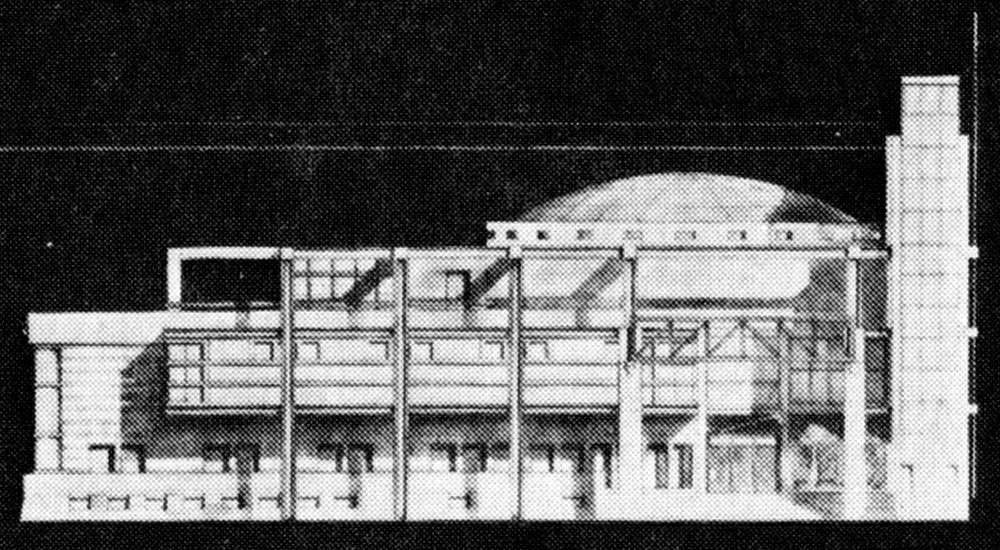Nyren, Karl, Carnegie of Tomorrow., Library Journal, 1986
Nyren, Karl, A Carnegie designed for Canada in the 1980s., Library Journal, 1985
Ontario Ministry of Citizenship and Culture, Building survey of Ontario public libraries 1980-1985, 1986
Lambert, Phyllis, Le library building, the city, the user, 1986
